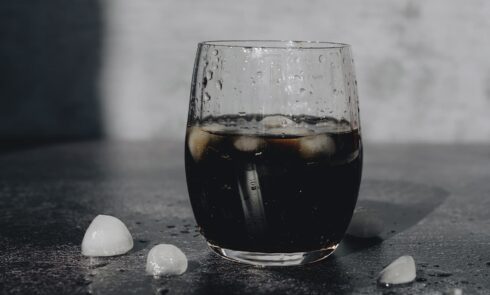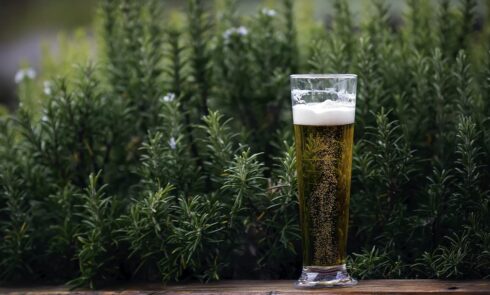People consume a huge number of soft drinks every day. But not many people know how they are made. The technology of soft drink production includes several stages, which are carried out in strict order one after another.
Water processing and sugar syrup production
To begin with, the water to be used to produce the future beverage is purified. For this purpose, special equipment for water treatment is used. The first process is a coarse purification. This is achieved with the help of sand filters. Next, a sodiumcationic-exchanger is used, which softens the water. Such water is placed in a special container for storage, which is called a collector. Through the membrane filter, the water enters the refrigerator with the help of a pump.
Sugar syrup is produced directly in a syrup cooker. First, completely purified water is preheated to boiling, then sugar is poured into it, and this process should be gradual and the water should be constantly stirred.
It is worth noting that the sugar must also be cleaned in advance. About half an hour of boiling sugar and water is accompanied by the process of removing the foam that forms. After half an hour, the temperature is reduced to +800C. At this time, citric acid is added to the composition, and the resulting syrup is sent to a special collector.
This is followed by the processes of passing it through a plate filter and a plate heat exchanger, and then cooling and pouring it into storage tanks. The sugar content in the resulting syrup according to the technology should be 60% to 65%. After all processes, the composition is saturated with carbon dioxide, that is, the dissolved air is removed and the carbon dioxide is saturated in the saturator.
tinting
The tint is needed in order to color the future soft drink. Usually the coloring is yellow or light brown. Without it the technology of soft drinks production is simply impossible. By increasing the temperature of the sugar itself from +1800C to +2000C the coloring is prepared. The process itself is carried out using a tinting machine. Water and sugar are placed in it and the temperature is gradually increased, and as a result a special composition is obtained. This process takes about an hour and a half.
The liquid is then placed in a special container, where the mass is gradually cooled and hot water is added until the desired concentration is obtained. The final stage of the process is to transfer the tint under pressure to a special container for storage.
Technology of coupage syrup production
Non-alcoholic beverage bottlingCoupage syrup is a concentrated solution of the flavor and aroma parts of the beverage. A blending machine is used to prepare it. It is in it in a strict sequence add the ingredients for the future drink:
Sugar syrup;
The juice of berries or tinctures of fruit;
Organic acids;
Coloring agent to give color.
In the case of precipitation when using fruit and berry infusions, they are clarified in the filtration process. After all the ingredients have been mixed, the syrup passes through a filter by means of a pump and enters a refrigerator, from which it is sent to pressure vessels equipped with devices that maintain the level of temperature required for the substance.
There is another way of making coupage syrup, called “hot” syrup. It is used to produce blending syrups that contain mild morsels, fresh fruit juices, and the like. When making syrup with the so-called “hot” method in a syrup cooker makes white syrup. Then added to it, passed through a special filter, juice or extract, pre-diluted. The syrup-making process takes about 20 minutes, after which it is filtered again and its temperature is reduced. The syrup is then sent to the blending machine.
Processes for bottling soft drinks
bottling of soft drinksFurther processing of soft drinks involves filling the bottles. Let’s take the bottling process as an example. The empty bottles are placed on pallets in large bags and guided through an automated line to the depalletizer. The machine unloads the bags into crates. The crates then travel to a machine that unloads the bottles. The bottles then pass on to a slat conveyor that transports them to a bottle washing machine.
Then the clean bottles undergo a special inspection for dirt, foreign particles or any disturbance of the glass structure. For this purpose, special inspection devices – visual and electronic rejectors – are used. Then clean bottles are sent to a mono- or triple-bottle filling station, after which they are inspected again with the contents in order to make sure that there are no foreign particles and deformation of bottles, as well as underfilling or extraneous inclusions.
After all processes, the bottles of the finished soft drink must be labeled. For this purpose, they are placed in a labeling machine. The bottles are then packed in crates, which are disinfected beforehand. The final process is the formation of packages from the crates using a palletizer.


